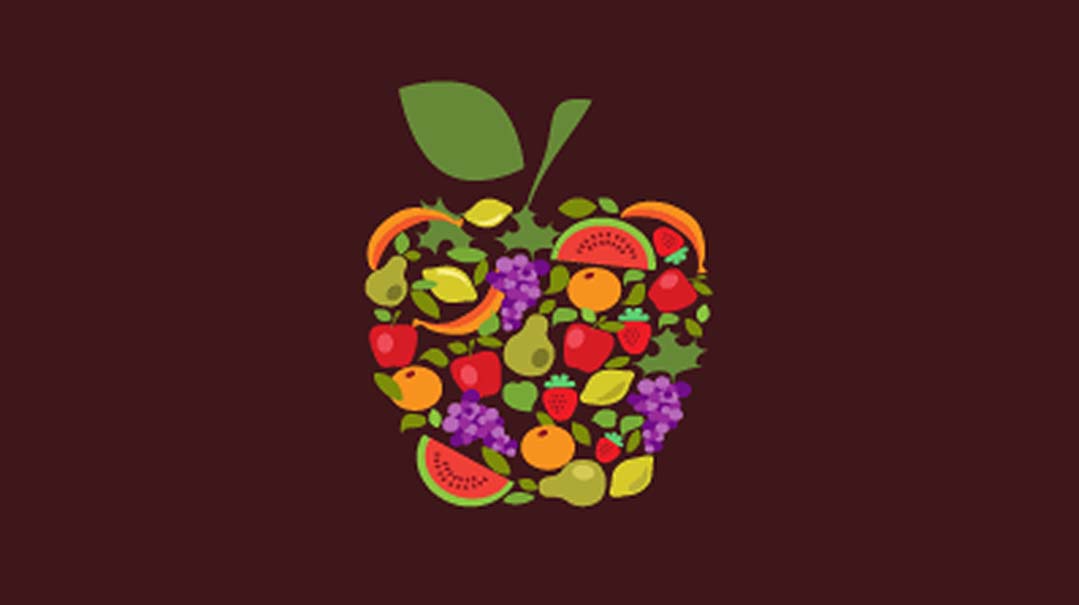The Organic Food Obsession

Organic food is often romanticized as the salvation for our food system, but it may not be as idealistic as it sounds

From her perch in the shopping cart, your daughter points to the Anjou pears and announces, “Mommy, I want.”
She never eats fruit, so you jump at the chance to buy a few, even though they’re a hefty $1.99 a pound. As you’re about to fill up a bag, your eye catches the bold-lettered “Organic” sign off to the side. At $2.49 a pound, organic Anjou pears are over 50 cents more than conventional pears. But this is your baby! Shouldn’t you buy her the best?
The real question is, are organic fruits, vegetables, and other foods really the best? From the hype created by marketing experts and even the media, it certainly seems that organic food is a good choice. But take a closer look and you’ll see that the issue is far more complex.
A Modern Phenomenon
Not too far back in history, food was a lot simpler. You could only get produce that was in season — and locally grown. Since food wasn’t mass-produced, it was more recognizable: bread, for instance, was made with flour, water, yeast, maybe some sugar or eggs. Fast-forward to today and your typical store-bought bread could contain more than a dozen ingredients, most of which are hard to pronounce. As for produce, you can buy Israeli-grown fruits and vegetables in the middle of America.
Today, food is called organic if it’s produced without synthetic pesticides or chemical fertilizers, irradiation, antibiotics, or genetically modified seeds. In simpler terms, organic food is produced with minimal chemicals and processing, using as few artificial add-ons as possible — which is exactly how all food was once produced.
But this is only one aspect of today’s organic movement. The farmers aim to keep soil healthy and fertile using natural methods, avoiding the need for toxic chemicals. An additional goal is to preserve biodiversity — that is, ensuring a varied number of plants and other organisms coexist in harmony. When that harmony is upset, it can throw the ecosystem off balance, disrupting many natural systems such as food chains or the safety of the water we drink.
Sustainability is another key objective. This means exactly what it sounds like — producing food in a way that maintains the planet and its resources so all of the earth’s inhabitants can continue to benefit from them for a long, long time. For example, an organic farm is likely to create compost from natural waste products like lawn clippings and food scraps and turn them into natural fertilizers, instead of tossing these wastes in a landfill and buying chemical fertilizers. This is a more natural way to enhance the growing process, and one less likely to harm the soil — thus sustaining the soil.
Although “organic” may bring to mind fruits and vegetables, any farmed product can be certified organic, including milk, poultry, and meat. In fact, organic foods represent a burgeoning industry. Sales of organic food and beverages in the US topped $26 billion in 2010, up more than 7 percent from 2009 — and from a mere $1 billion in 1990. Eleven percent of all fruits and vegetables sold in 2010 were organic.
The organic craze hasn’t been confined to food. There is increasing demand for organic products like shampoos and other toiletries, as well as cleaning agents. There are even clothing lines made from completely organic materials. Sales for all organic products in the US, including nonfood items, totaled $29 billion in 2010.
So convinced are people that organic is better that they’re willing to shell out an extra cost for these items. But the question remains: are these real or perceived benefits? Let’s take a look:
Nutritional Quality
Research hasn’t yet reached a consensus whether or not organic foods contain more nutrients than traditionally grown foods, but it has revealed they are certainly no worse off nutritionally. Some studies show organic foods are higher in vitamins, minerals, and phytochemicals like polyphenols, carotenoids, and flavonoids, as well as lower in pesticides and nitrates.
But a large review of 55 studies in the 2009 American Journal of Clinical Nutrition found no significant benefit of nutritional quality for organic foods. Although organic food was higher in phosphorus, for example, it’s not a nutrient that’s likely to make much of a difference in public health.
Oops! We could not locate your form.






